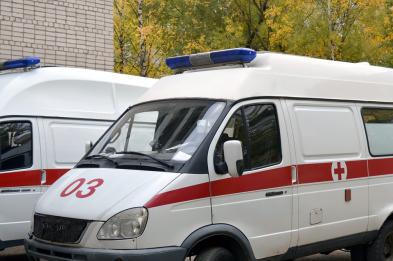

How to ensure safety in an emergency
Covid-19 health emergencies are soaring, and the professionals working on them need suitable protection.
Luis Gil Palacios, the secretary general of ASEPAL, explains that these workers need to be aware of the personal protection equipment they are given, and to demand that it meets the health and safety requirements.
The secretary general of the personal protection equipment business association ASEPAL explains that the PPE sector encompasses protective clothing and other equipment needed by professionals working in emergencies, and is known for its ongoing innovation to adapt to workers' needs as well as to health and safety requirements. But it encourages these professionals to require that the PPE given to them meets all the health and safety requirements necessary for them to do their work. Thus, he warns that in the current situation "it is not so much a question of something new as of doubling down on the demand for compliance with the health and safety requirements that these products require”.
Similarly, a technical document from the Ministry of Health on "Prevention and control of infection while handling patients with COVID-19", updated on April 14th, devotes a specific section to how to transport the patient by ambulance. It states that "if the patient must be transported to the hospital, it will be done in an ambulance with the driver's front cabin physically separated from the patient transport area. The personnel involved in the transport must be informed in advance of the risk and told about what personal protective equipment to use. The ambulance must be cleaned and disinfected according to the company's standard procedures. Workers doing the cleaning will be provided with the PPEs they need”.
In addition, the document states that "any personnel caring for the patient, taking clinical samples, transporting probable or confirmed cases or cases under study, or anyone who enters the isolation room should wear personal protective equipment to prevent transmission of infection in accordance with the risk of exposure”.





